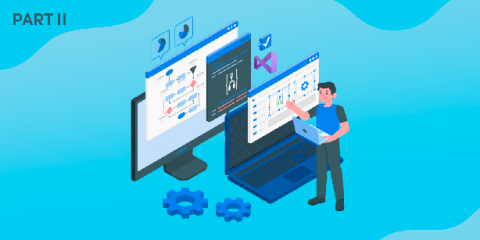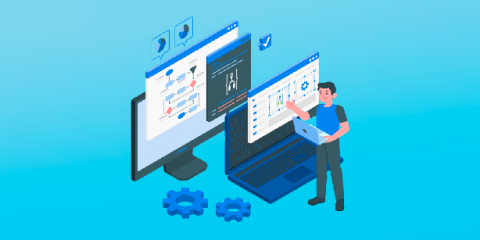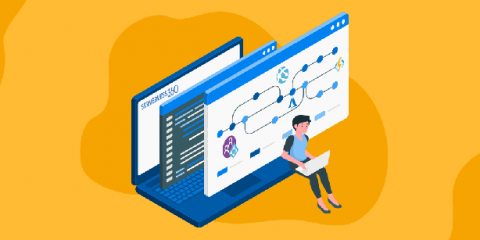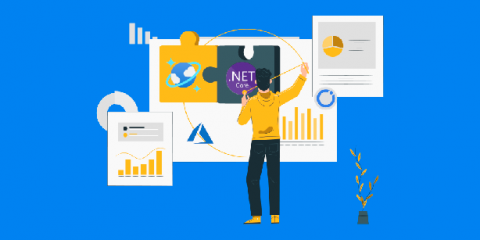Azure Logic Apps 101 - Developer tools: what are my options (Part II)
In the first part of this article, we mention that at the moment, you have three options for you to start developing your Logic Apps: And we analyze the advantages, disadvantages, and how to start developing Logic Apps by using the Azure Portal. Today we are going to address. Today we are going to do the same but this time using Visual Studio 2019.






